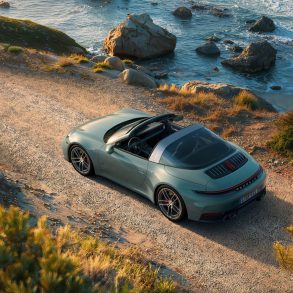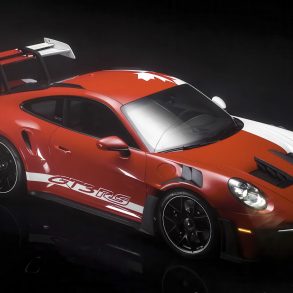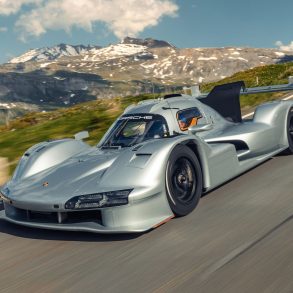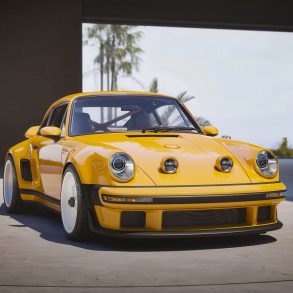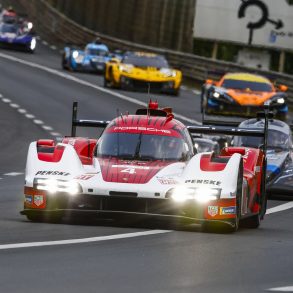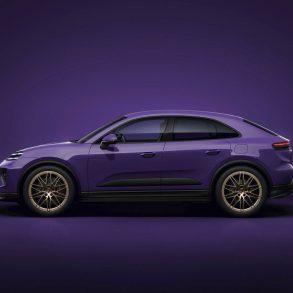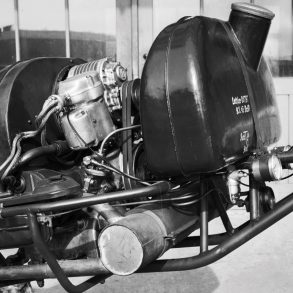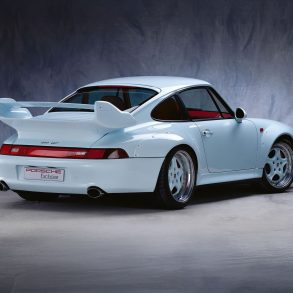Almost Extinct
The Porsche 911 came very close to extinction. American Peter Schutz began his tenure as CEO at Porsche on January 1, 1981. He didn’t take the job to save the 911 but when he arrived, he found a company that had decided to abandon the 911 in favor of the 928 and 944. The 911 was “outmoded,” expensive and difficult to drive. Porsche employees mourned the decision. Sales may have slowed but there was nothing else like a 911. Schutz grasped the importance of the 911, and in a well-known Porsche history moment, informed lead engineer Professor Helmut Bott that the 911 lifeline would continue rather than conclude. That single decision and Schutz’s leadership injected raw fuel into the relatively small company. It wasn’t all smooth seas and easy sailing from there, but Porsche’s imprint on motoring and motorsports history is larger today than it likely would have been otherwise.
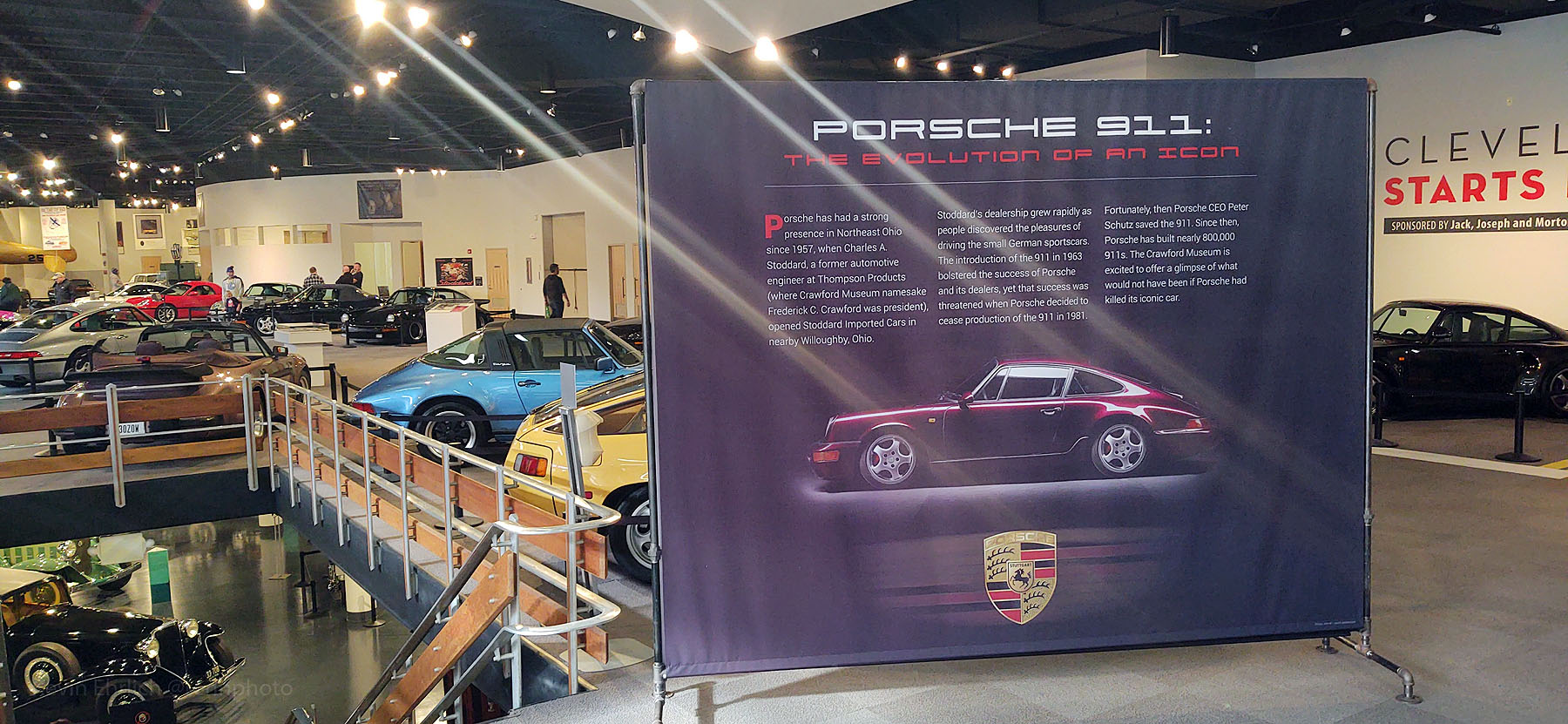
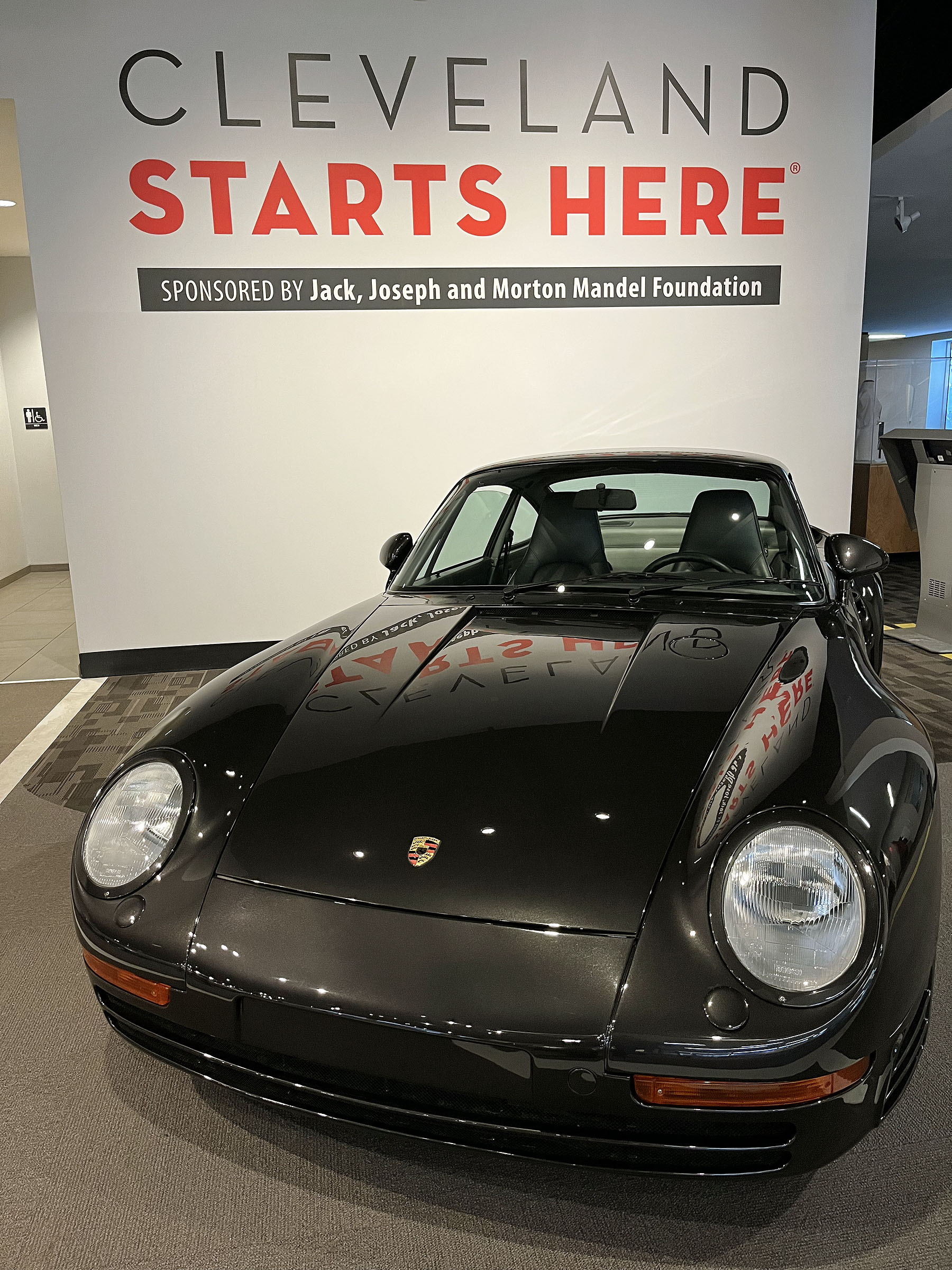
911 Timeline:
How else to tell the near-death Porsche 911 story than to highlight key cars in the 911 timeline? For starters, a black 1988 959 Komfort greets guests as they enter the gallery. While Porsche lost money on every 959 it built, the halo supercar was the fullest expression at the time of the 911 concept. Twin-turbos, all wheel drive, and performance that claimed the cover of every magazine at the time. The limited production 959 still captures the imagination over three decades later.
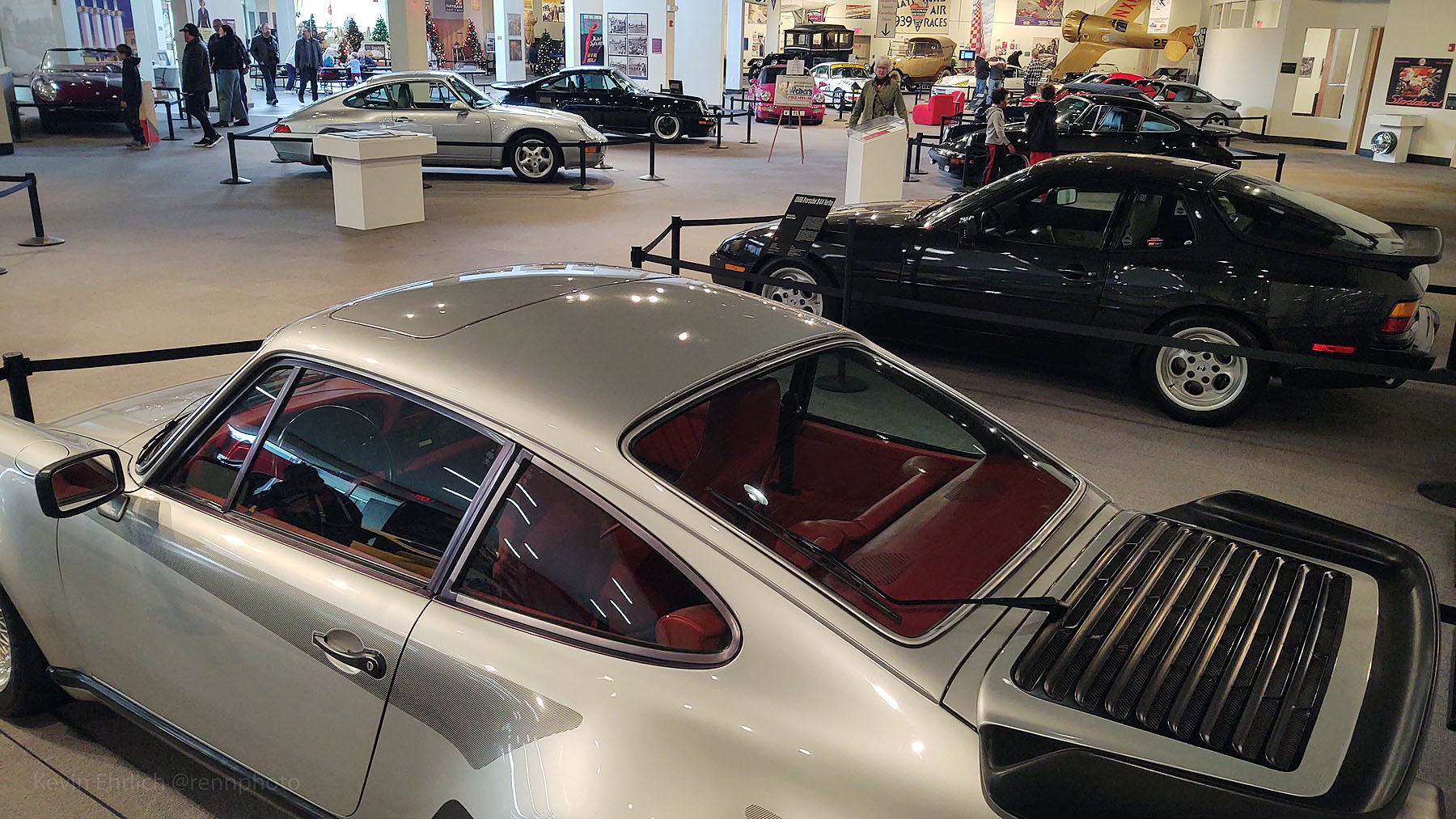
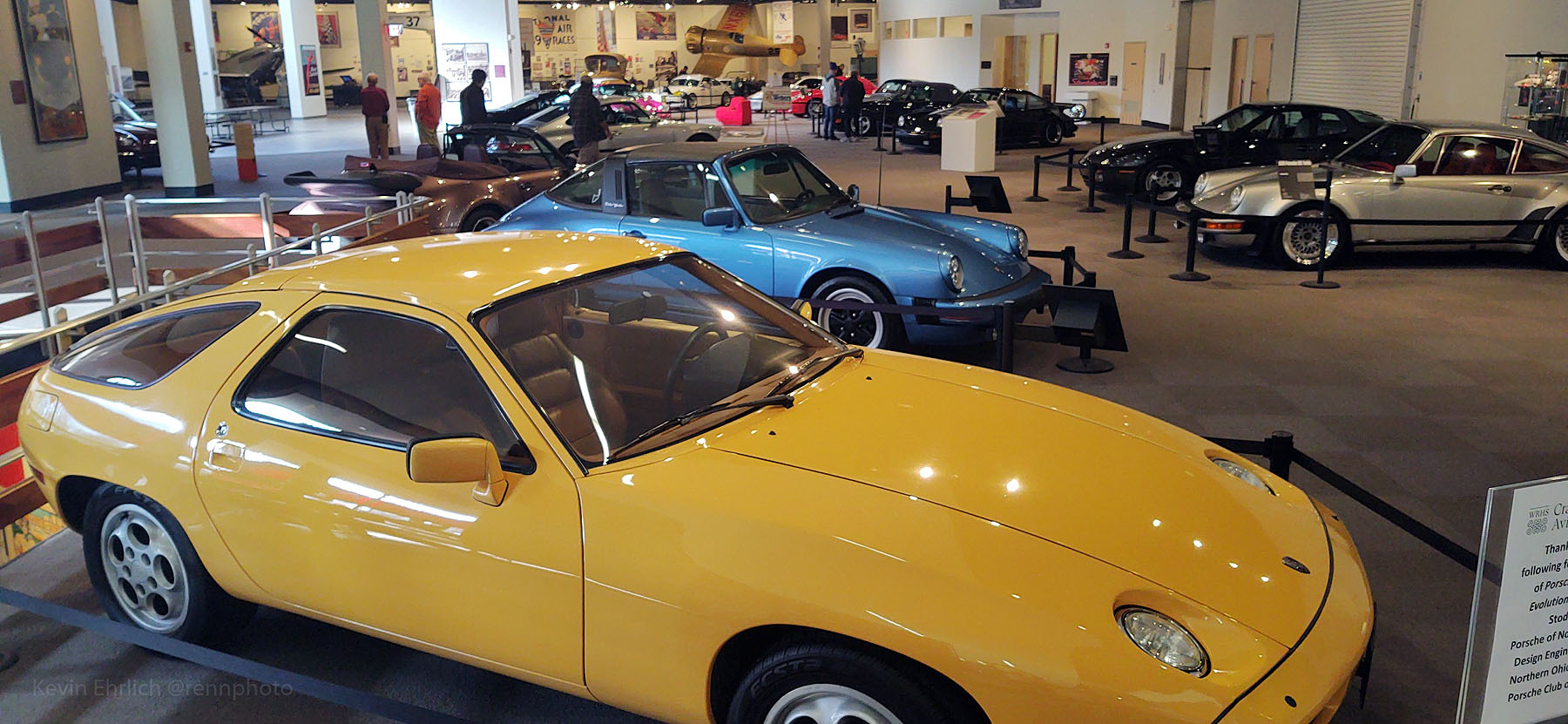
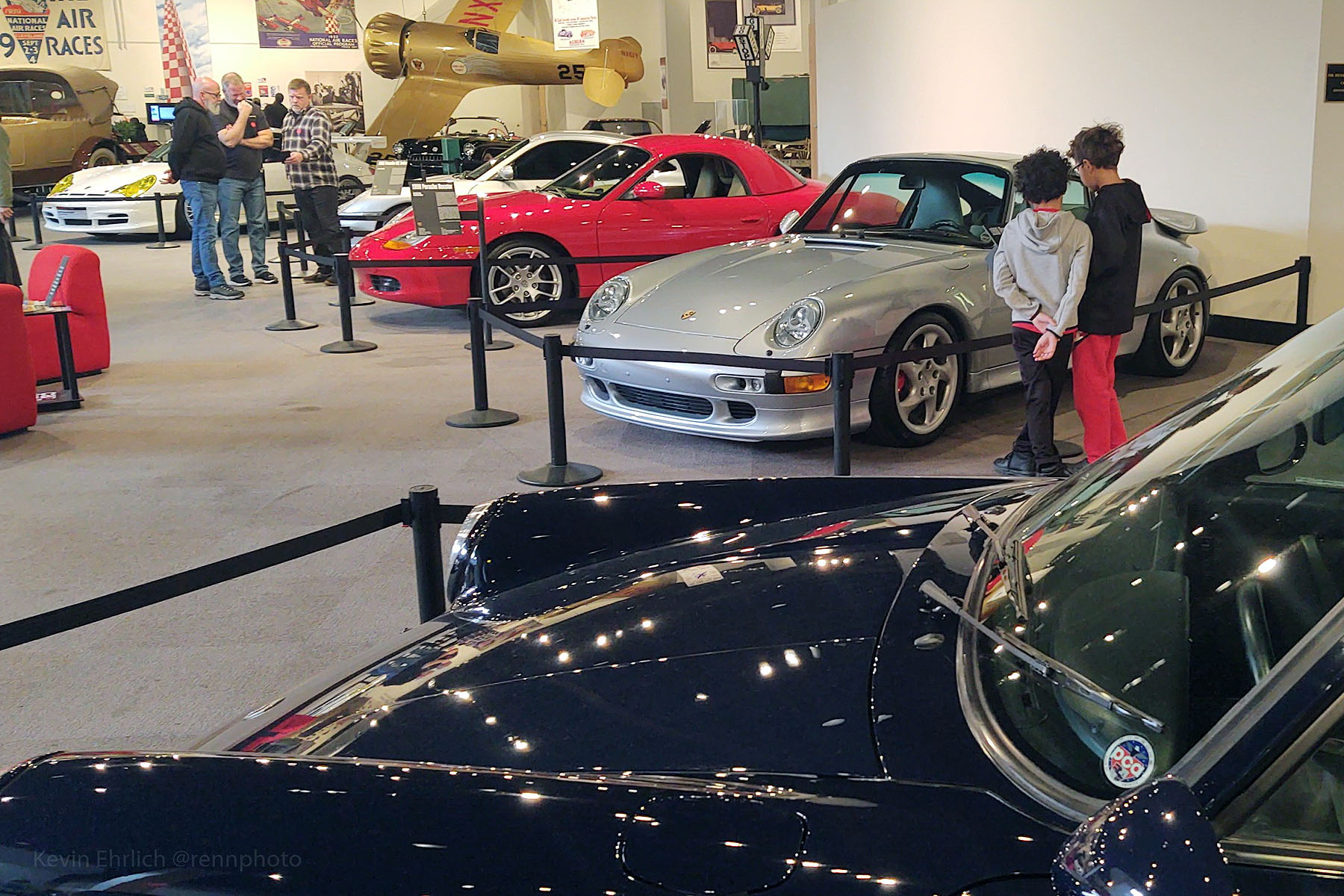
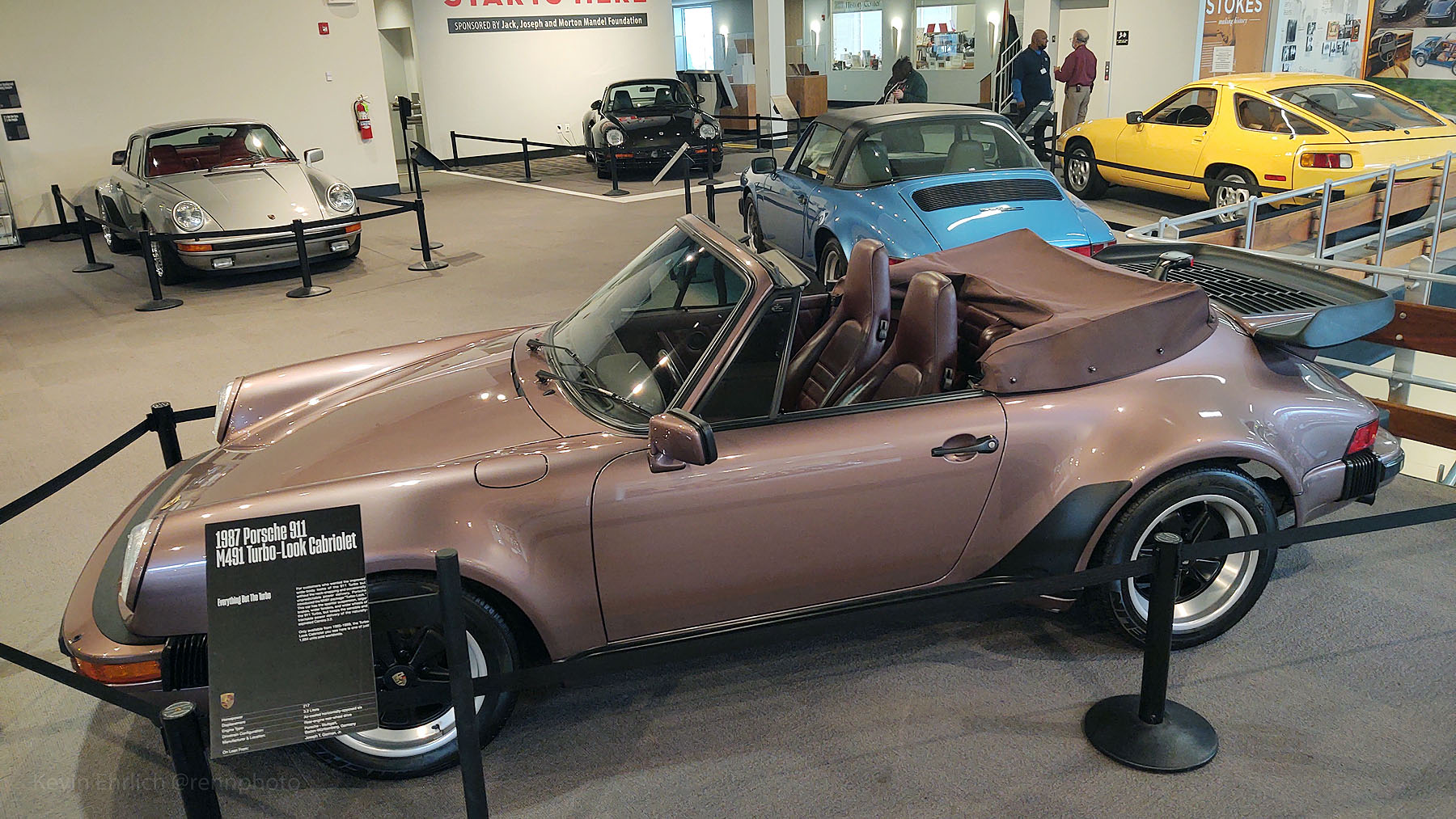
1980s and 1990s:
The 1980s were kind to 911 development. The base 1984 3.2 liter was the first of the next generation after the 911 received its reprieve. The exhibition showed this milestone with a black coupe (complete with whale tail) and a 1987 turbo look cabriolet (“everything but the turbo”). The M491 option package specified the cabriolet with turbo fender flares and rear spoiler but with the standard 3.2-liter 911 engine.
Development continued into the 1990s. A black 1990 Carrera 4 cabriolet and a silver 1996 993 coupe marked the next generations. The Carrera 4, more commonly known by the type 964, extended all-wheel drive technology to the showroom after the 959 proved the concept. Continuing the turbo theme, a silver 1996 993 turbo with all-wheel drive is on hand. Supercar performance, an air-cooled engine, and the 959 heritage makes the 993 turbo a classic. The 993 turbo also inspired the famous “Kills Bugs Fast” Porsche advertising poster. A silver 1996 turbo shows the leap for the 911 into the water-cooled age.
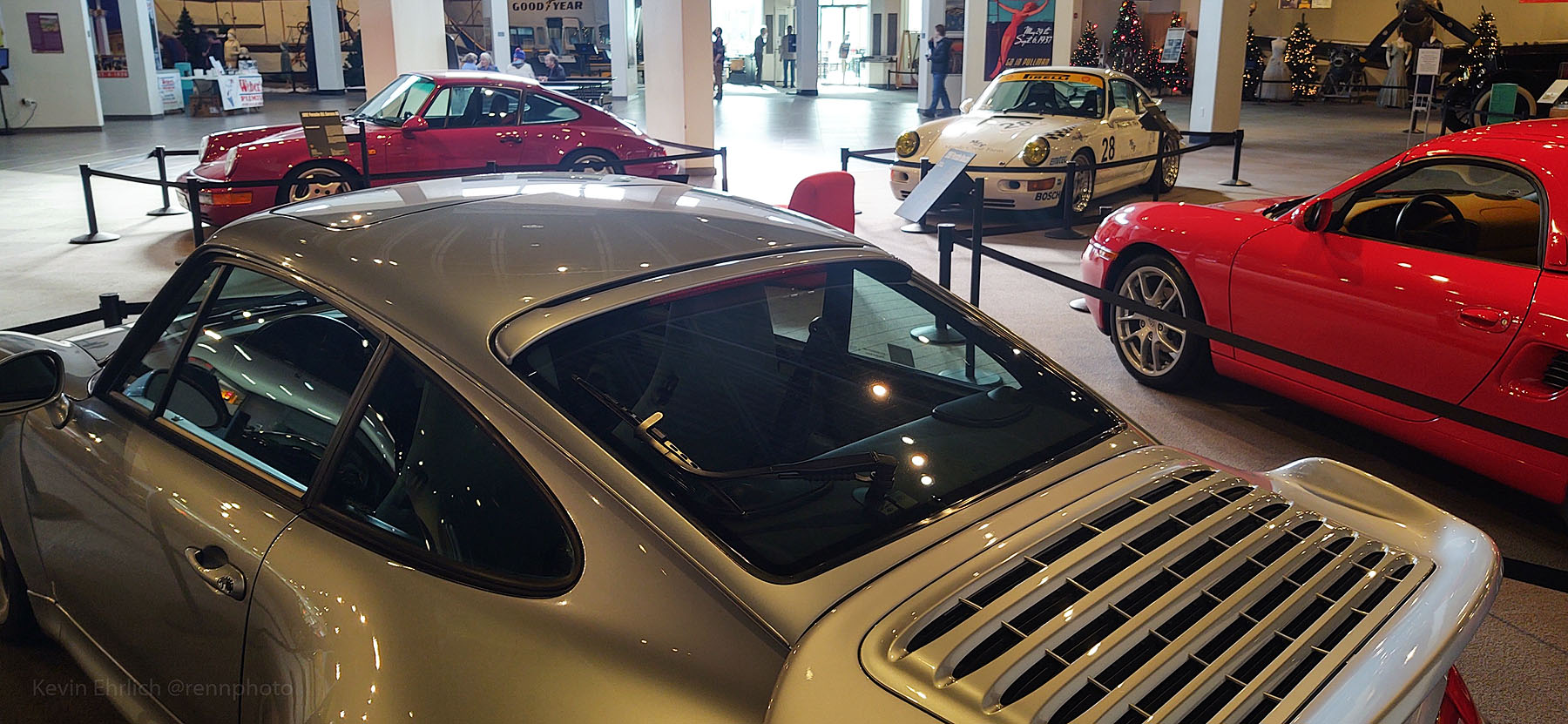
Racing Improves the Brand:
While the 911 remains the flagship for Porsche showrooms across the globe, the wizards at Weissach also transformed the 911 into the most competitive and common of customer racing cars. Spanning the range of weekend racers or top-tier professional motorsport and from sprint races to enduros, Porsche figured out the formula. Racing improves the breed, makes better production cars and creates marketing energy. Racing also gives Porsche a profitable business line beyond production car sales. Spanning the range of weekend racers or top-tier professional motorsport and from sprint races to enduros, Porsche figured out the formula. Racing improves the breed, makes better production cars and creates marketing energy. Racing also gives Porsche a profitable business line beyond production car sales.
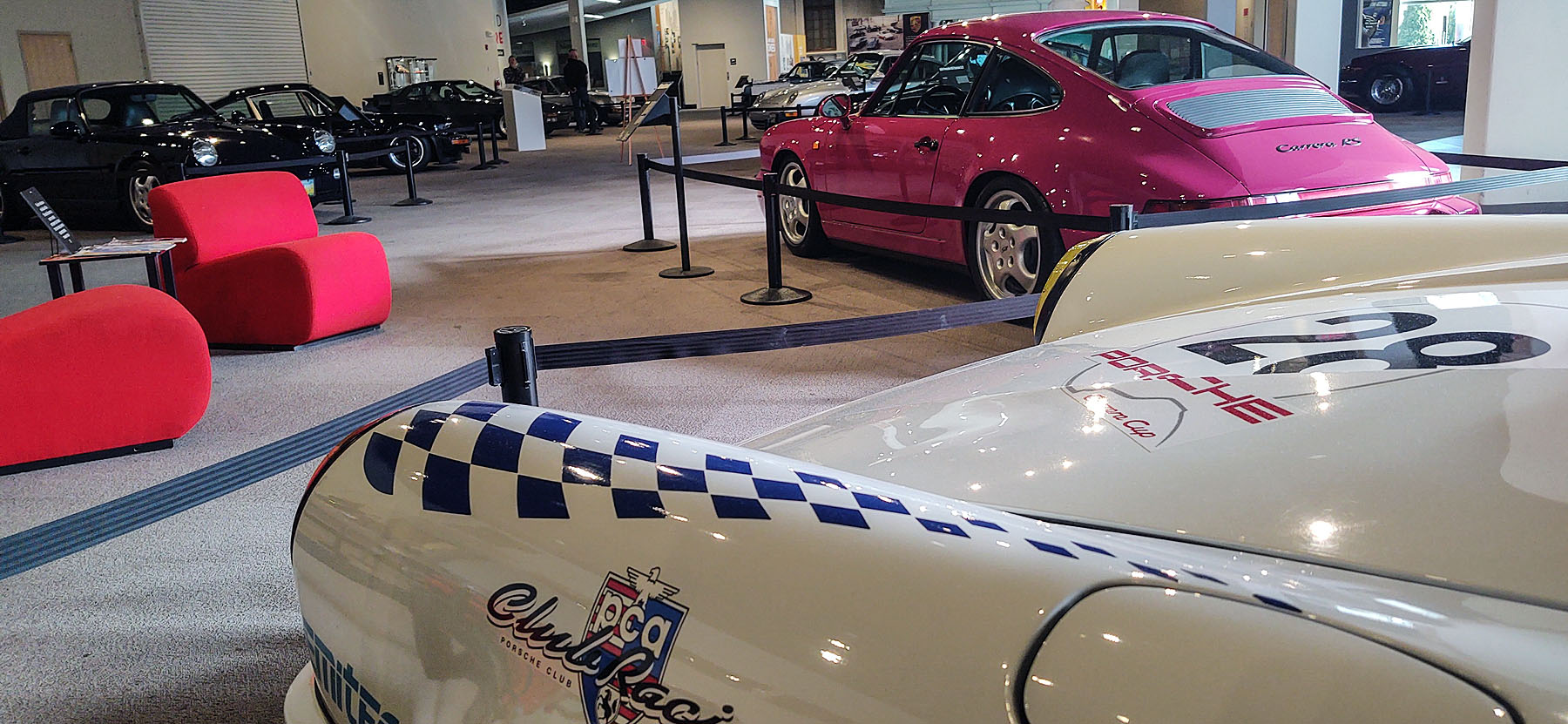
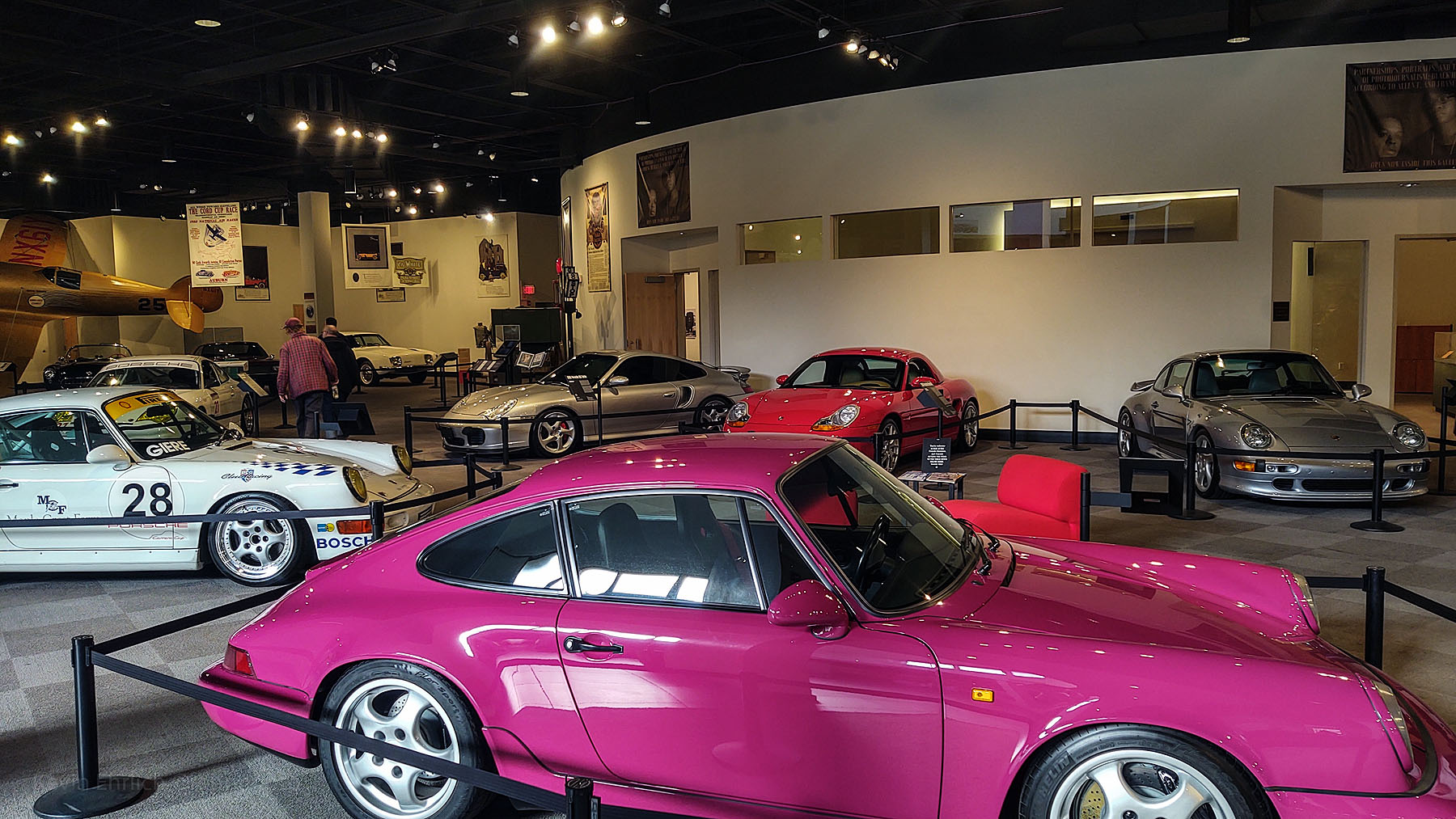
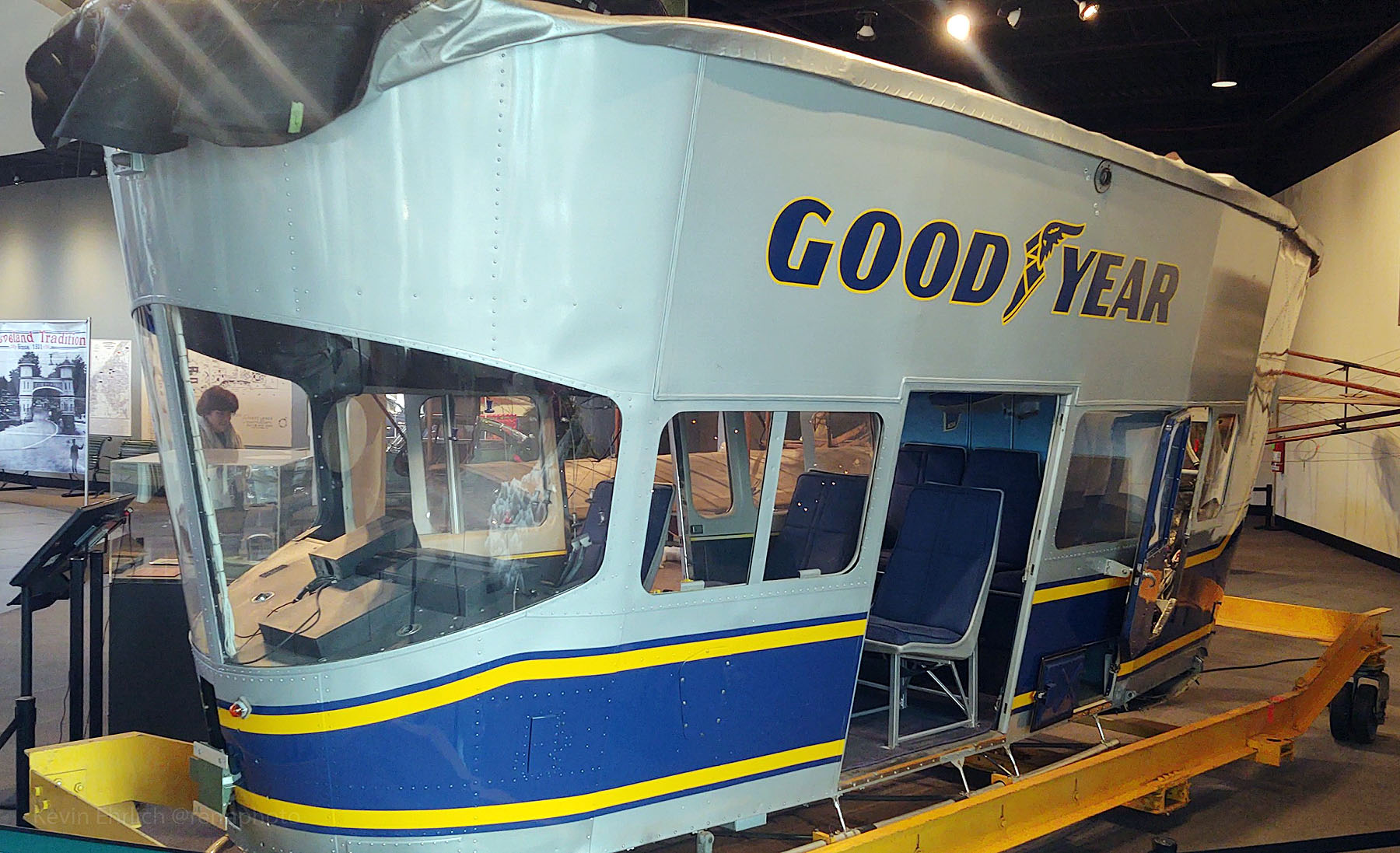
As many have noted in various ways, you can’t know where you’re going unless you know where you’ve been. For Porsche, a significant single change, of course, four decades ago is worth remembering.
INFO:
“Porsche 911: Evolution of an Icon” runs at Crawford Auto Aviation Museum until April 2, 2023. Click here for more information.
Additional photos courtesy Mary Fischer and the Crawford Auto Aviation Museum.
GALLERY:


